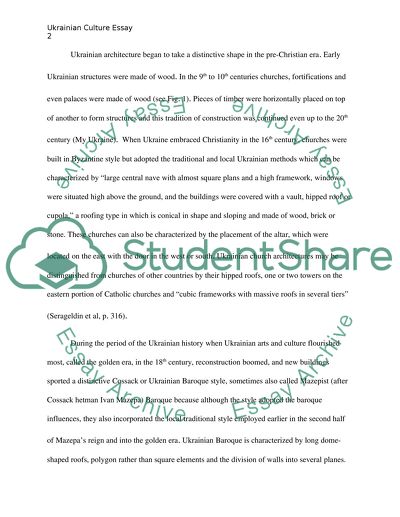Cite this document
(“External and internal pressures Ukrainian art and culture Essay”, n.d.)
Retrieved from https://studentshare.org/culture/1561953-ukrainian-culture-essay
Retrieved from https://studentshare.org/culture/1561953-ukrainian-culture-essay
(External and Internal Pressures Ukrainian Art and Culture Essay)
https://studentshare.org/culture/1561953-ukrainian-culture-essay.
https://studentshare.org/culture/1561953-ukrainian-culture-essay.
“External and Internal Pressures Ukrainian Art and Culture Essay”, n.d. https://studentshare.org/culture/1561953-ukrainian-culture-essay.


